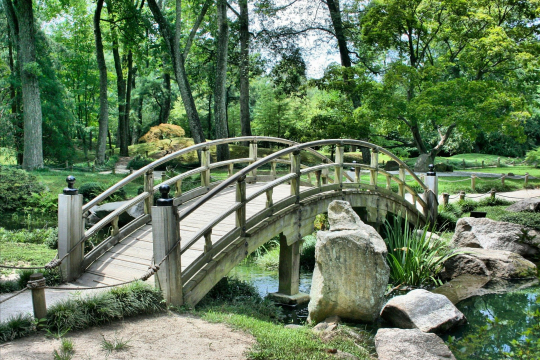Rapid urbanization is a global trend. Ambitions to build cities out of a recession and overheated housing markets are factors that can accentuate that trend. But when densification is seen as the single goal, resulting in the loss of green areas, many great welfare values are lost, as several recent EfD studies show.
In the study Linking urban air pollution with residents’ willingness to pay for greenspace: A choice experiment study in Beijing, EfD researchers investigated the connection between urban air pollution and residents’ preferences for greenspace. They undertook choice experiment surveys in Beijing to find out the willingness to pay (WTP) for three types of greenspaces: a neighborhood park near respondents’ homes, a city park in central Beijing, and a national park outside the city.
Provides information for policymakers
Neighborhood parks provide better air quality for houses nearby, and the results suggest that respondents exposed to higher pollution levels have higher WTP for a new neighborhood park.
“It’s easier for policy-makers to find out the cost of creating green spaces in cities than the benefits. Our paper provides information about the values and should give the financial departments incentives to create new neighborhood parks,” says Zhaoyang Liu, who is a co-author of the study.
“We didn’t get the same clear results for city parks or national parks. We found that it’s important that the green area is close to where you live,” he says.
May cause inequalities
Valuing urban green amenities with an inequality lens is a study of how apartment prices in Stockholm, Sweden, are affected by the proximity to green areas. The results suggest that forested areas even in a city with abundant green areas have an impact on apartment prices. They also suggest that failing to pay attention to where you create parks, may increase inequalities.
“One conclusion is that you need to find the places where the parks are most useful for as many as possible,” says Zhaoyang Liu.
Important with green areas nearby
Limited research has been conducted on people’s preference for urban green spaces in developing countries and their willingness to pay for these benefits. EfD researchers have, however, studied the value that residents place on potential improvements to urban green spaces in Addis Ababa, Ethiopia, and presented their findings in the EfD discussion paper: Valuing residents’ preferences for improved urban green space ecosystem services in Addis Ababa, Ethiopia.
The researchers found that residents would be willing to pay up to 64 Ethiopian Birr (ETB) per month (about USD 2.28) for the availability of a large multi-use park close to their homestead. Residents are less willing to pay as the distance to the park increases.
All those studies suggest that green areas close to where you live are valuable to people. Sustainable urbanization needs to consider this, not only because of environmental aspects such as air quality but also to ensure equal access to recreation and quality of life.
By: Petra Hansson
Read the studies:
